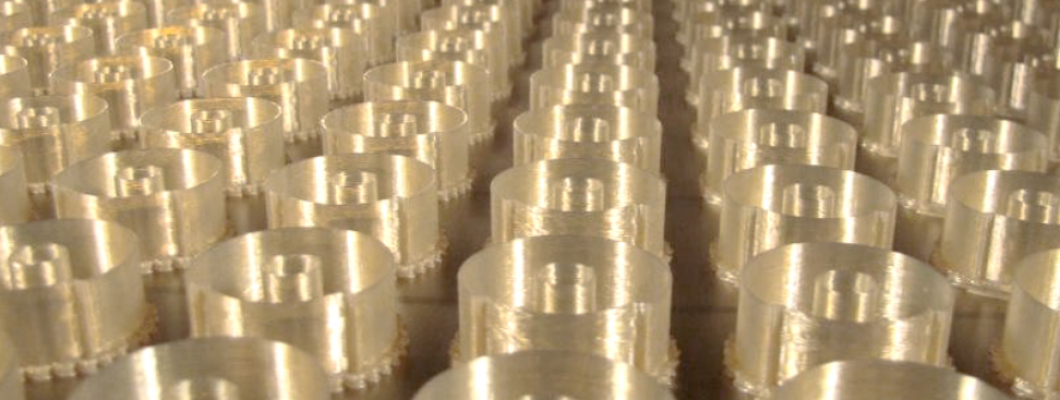
Origins
Let's put some context: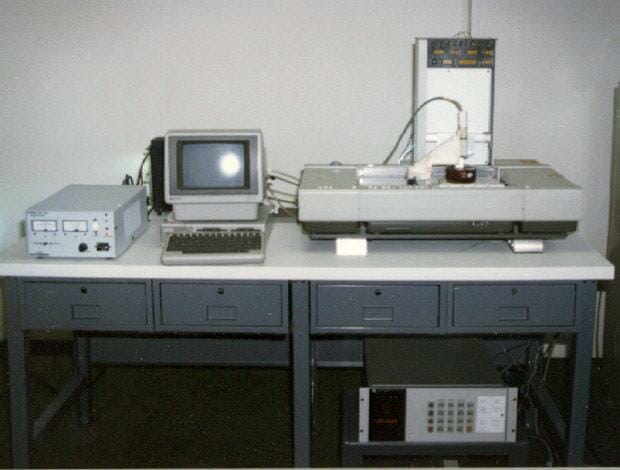
The first 3D printers appeared in the 80s, locked by patents, they were very expensive, and so were their consumables. Around 10 or 20 times more than the costs that we can find today. So at this time its use was reserved for rapid prototyping: for companies and organizations that could afford it.
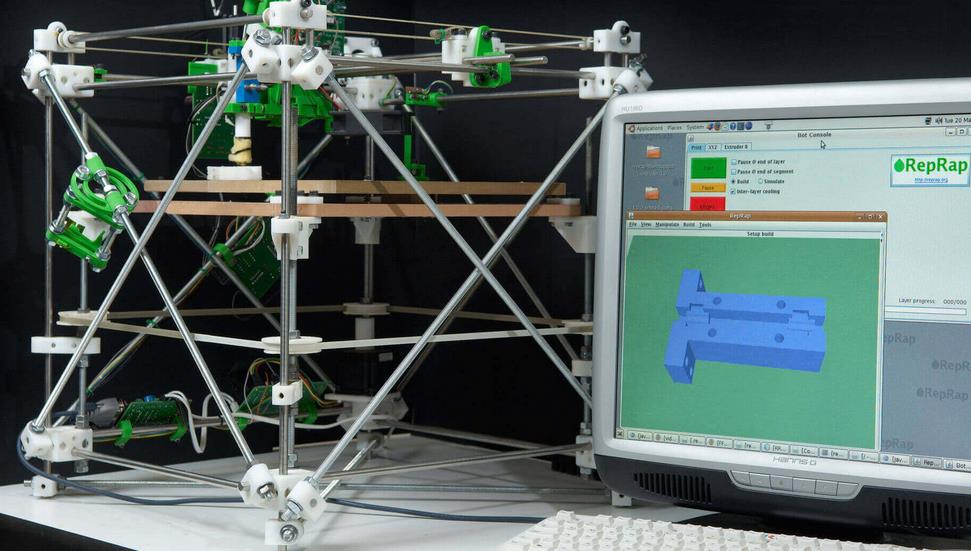
The RepRap project was a complete revolution and the germ of current 3D printers.
At this time, a lot of hype was created, a multitude of media published news talking about the next industrial revolution, how everything would be printed in 3D in a short time: food, clothing, shoes, houses and a long etcetera.
What happened to all this excitement?
Many projects are still in development, structures are still being made in 3D printing, clothing and footwear by additive manufacturing. Some sectors still require a lot of development, others such as clothing and footwear are already being applied with great success, both in designer clothing and high-end sports shoes.
The general vision of 3D printing, went from hype, excitement and excessive expectations to a negative vision of 3D printing, which apparently had not been able to meet the expectations placed on this technology.
Why did this happen? We will see it soon:
Attack of the clones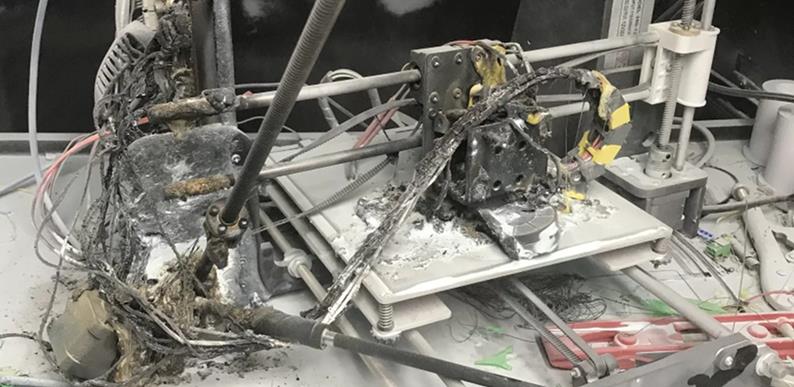
During the time of greatest expectations, many people wanted to get started in 3D printing, people who wanted to make the smallest possible investment and learn this technology.
During the time of greatest expectations, many people wanted to get started in 3D printing, people who wanted to make the smallest possible investment and learn this technology.
What did all this imply?
- On the one hand, it had positive consequences, as many people started 3D printing, support communities and forums, YouTube channels and a whole community of enthusiasts eager to learn and share knowledge were created.
- But it also had negative aspects:
- Disrepute of technology.
These shoddy machines, operated by people just learning, have resulted in poor quality printed parts and a poor picture of what 3D printing can deliver.
A clear example is what many clients ask us "That it should not be noticed that it is made by 3D printing", why? What other production method has to be hidden? When a part is produced by CNC machines, is it post-processed to prevent the type of manufacturing from being noticed? It is normal to want to look for the best finish, in welding, CNC, injection, etc. And of course in 3D printing too, but trying to hide this process is something that shouldn't be necessary. - Devaluation of everything related to 3D printing.
Devaluation of everything related to 3D printing.
Do you want to be a 3D printer mechanic? How much does it cost to put a new extruder on a 3D printer? Any quality extruder can have a value of €80-100, to this must be added one or two hours of labor, depending on whether the firmware needs to be updated, whether the firmware code is available, etc.
If we are talking about a high-end 3D printer, with a market value of around €1,500, surely the client can accept the assessment. But if the printer has a market value of €140 it is much more difficult, since the improvement can easily exceed the value of the printer itself.
3D printers quality/price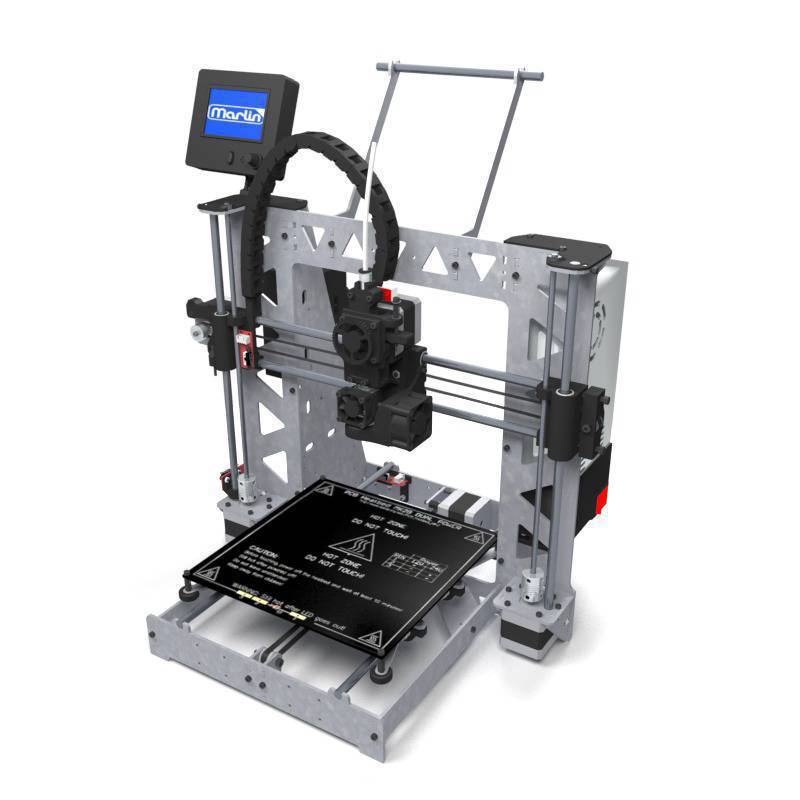
Before the overwhelming appearance of low-cost 3D printers, they were the ones that led the market. In Spain, there were many companies that produced their kits, little by little many were closing, we were able to deal with the low cost, offering quality and technical support at a reasonable price.
Our kits, P3Steel and later 3DSteel, have always been the basis of our 3D printing service, with ever better results.
High-end 3D printers
With the appearance of Klipper and the development of the entire 3D printing community, Low cost 3D printers went out of style. The community has realized that a printer that costs twice as much, but prints faster and better, is actually much cheaper in the long run. Projects like VORON, VzBOT and some others are the clear example of the future of this technology.
Key aspects of additive mass manufacturing
- Maintenance.
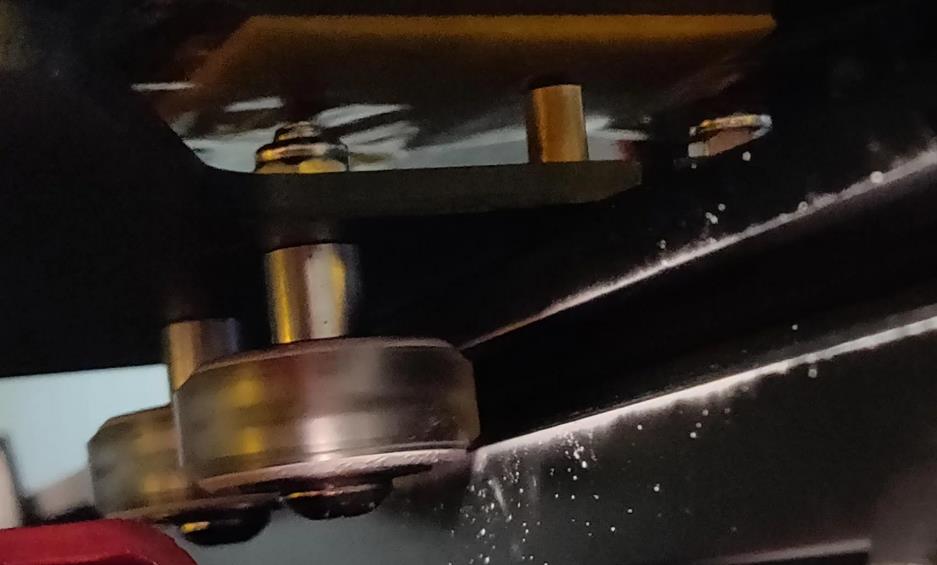
If you have a 3D printer with which you print a part every 3 months, this aspect will not worry you, but if you have a farm, in which dozens of printers print 24 hours a day, 7 days a week, maintenance is perhaps the most important aspect. A printer that requires 1 hour of maintenance for every 50 hours of printing may require 175 hours per year. You would need one operator for every 10 3D printers, just for maintenance. But, if this printer requires 1 hour for every 500 hours of printing, the same operator will be able to maintain 100 3D printers. - Blockages, the main element that requires maintenance. A good extruder, with hardened pulleys that don't wear out quickly, a bi-metal throat, that doesn't cause problems. In addition to a good material, without impurities or contamination are two fundamental points.
- Fans. "Bad" fans are a bad investment, they will stop cooling and cause time and resource consuming breakdowns. Also, if you have them regulated, they will stop automatically when they are not necessary, extending their useful life.
- Belts. All of them eventually have to be changed, using quality belts will avoid this need to a large extent. Using excessively high accelerations can shorten the life of the belts, it is better to avoid them, since the time you save in printing, you will lose in maintenance.
Also, it is important that printers are designed to be easy to change belts. - Structure.
"Flimsy" structures offer worse print quality, but also make maintenance difficult, since they are easily out of balance. - Other elements that require maintenance, better to avoid them:
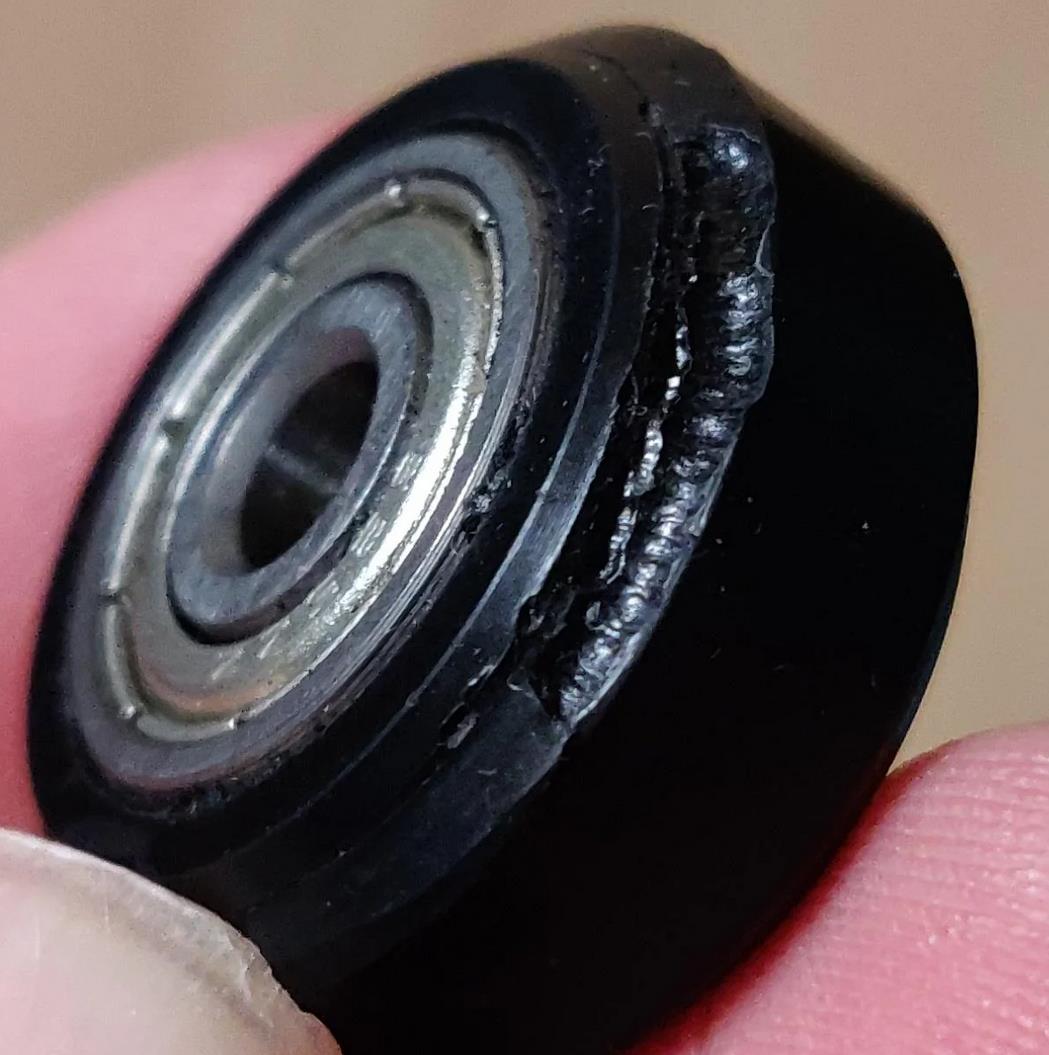
- V-Slot pulleys, which are very popular because they are very cheap, require constant supervision.
- Materials subject to heat creep, if its components are made with low-temperature filament, with the heat of the machine they can deform and you will have to be tensing repeatedly.
Failures derived from the maintenance of 3D printers.
Can we achieve 0% failed impressions? The answer is no. But if we can keep this variable as low as possible- Failures derived from the maintenance of 3D printers.
As we have seen previously, there are many elements that we have to maintain, when they fail, in the best of cases they will ruin the part in progress, in the worst of cases, it will be a subtle failure that we will detect in quality control, which may imply the rejection of numerous impressions. - Caused by the material.
An increasingly less common problem is diameter inconsistency in 3D printing materials. It can slightly affect the finish of the part, but it can also cause a jam.
Choosing a good material is crucial, also that our printers are designed to be able to deal with these problems. Smart filament sensor, easy-to-clean extruders, etc. - Caused by the part to be printed.
There are some elements in our pieces that can make them very difficult to print, we will see it later in detail. Excessive supports, insufficient printing surface, can cause a variable % of the prints to fail, ruining the print and may even cause breakdowns.
Repeatability
"Ok, the piece turns out well, now do 1000", it is not the same to print a difficult piece once, than to do it X times and the same X times it comes out exactly the same as the first.
There are some elements that we can take into account to try to achieve maximum repeatability:
- Tolerances. 3D printing handles well with tolerances of around 25% of the diameter of the nozzle we use, for example, with a 0.4 nozzle, it is relatively easy to get all measurements to within +- 0.1mm.
Getting down from there can be difficult, and it is better to reserve it for cases in which it is essential.
Imagine a part with a hole and a protrusion, the hole should measure 8mm and the protrusion 4mm. Both parts need to be a snap fit, so we want the hole to be between 8 and 7.9, and the overhang between 4.1 and 4. Printing the part gives us. 8.05 and 4.05. The boss looks good, but the hole is out of range.What should we do in this case? We can adjust the flow, but it is possible that, by correcting one measurement, we will take the other out of range. - Maintenance. It is a fundamental point, since if we have maintenance problems it will be reflected in the impressions.
- Optimized design for 3D printing, which we will see in the next point. If we follow good practices when designing our pieces, they will print easily, and will not have marks or problems in a percentage of prints.
Design for 3D Printing
3D printing as an additive manufacturing method has great versatility, but it also has limitations. If you want to design a piece so that it can be mass printed by 3D printing, it is convenient to take into account the following points:
- The shape of the pyramid.

It is perhaps the simplest and most illustrative example of that we have to take into account when designing parts for 3D printing.Why is it such a present form in ancient civilizations around the world?Very simple, because it is the best way to stack material to reach a certain height, with maximum stability.This is something that should be taken into account, a pyramid can be printed very well, but if we put it upside down, we could find many problems derived from the lack of stability. Is it possible? Yes, but it is much more difficult and therefore more expensive. - Slenderness.
In architecture it is the ratio between the base and its height. In 3D printing we must also take this into account, especially in large parts, where we can easily generate some instability. I personally would define it as the ratio between the narrowest section and its height. Due to the fact that sometimes the piece can have a good base, but at half its height it has a very thin section. At a certain height, the piece stops behaving like a rigid body, and begins to behave as if it were a flexible material, this can cause print quality problems and even failure, such as causing the part to come unstuck from the base. - Print bed.
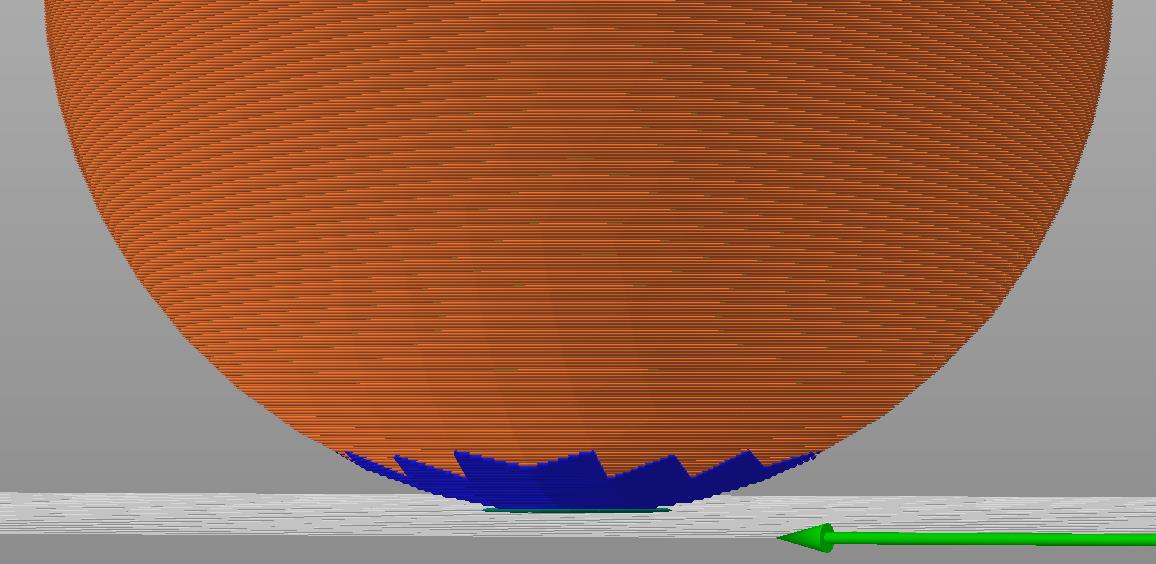
It's a flat face that the 3D printer will place on the heated bed. A part without a printing base will need to be printed on supports, with the problems that this implies.
The simpler the better, since the holes on the base represent a point of difficulty, each one of them implies a retraction and a start of printing that may not stick.
If we can make it rounded it will be an advantage, because the stresses tend to accumulate in the corners and we have a better chance of them lifting. - Supports.
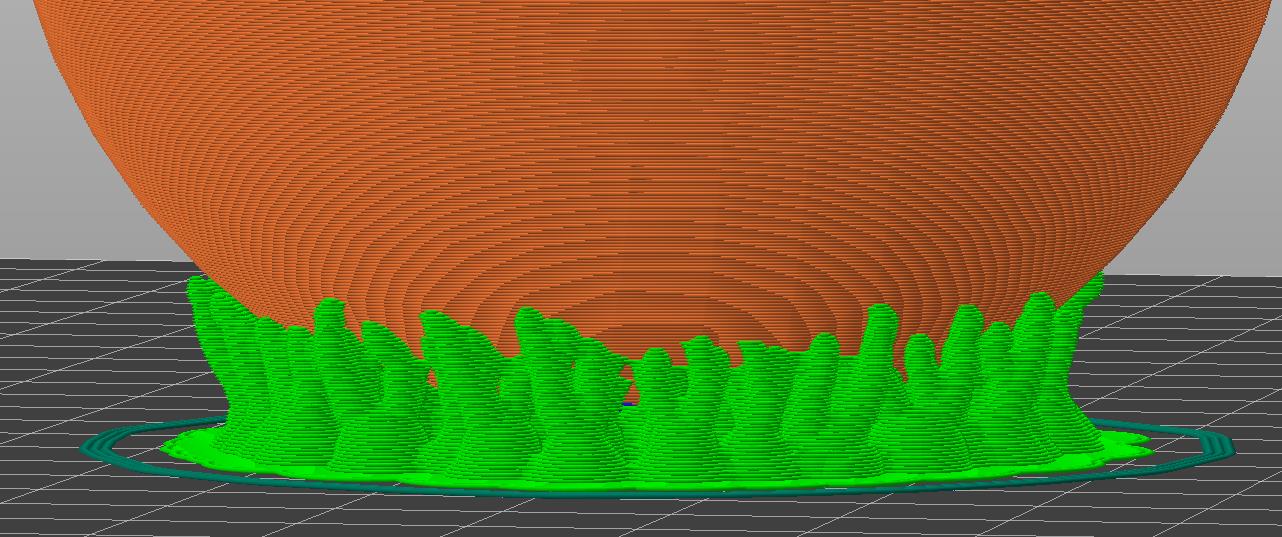
Better to avoid them. As it is. They are essential? In that case minimize them.
The supports imply a greater use of material and time, which is why they are not profitable, in addition, they are usually fragile, which is why they represent a % of failed 3D prints. They can leave marks, which worsen repeatability. And, as if that were not enough, then you have to remove them, which also involves a cost in labor. - Thin walls.
At least twice the width of the nozzle is recommended. They can be a problem since structurally they do not resist much and can become deformed during the 3D printing itself. The thin and large walls, better to avoid them.
- "Islands" involving retraction. Pieces with a finish similar to "Voronoi" can be a problem, since in each layer we find dozens of islands, which require a retraction, what if a print has hundreds of layers, with dozens of islands, and we want to print it thousands of times? what are we up against? The answer is millions of retractions. Every time we do a retraction, the head moves the material back, and then moves forward. This can crush and deform the material, worsening the finish, and even causing it to get stuck. Today's high-end extruders deal with this very well, but it's still best to avoid.
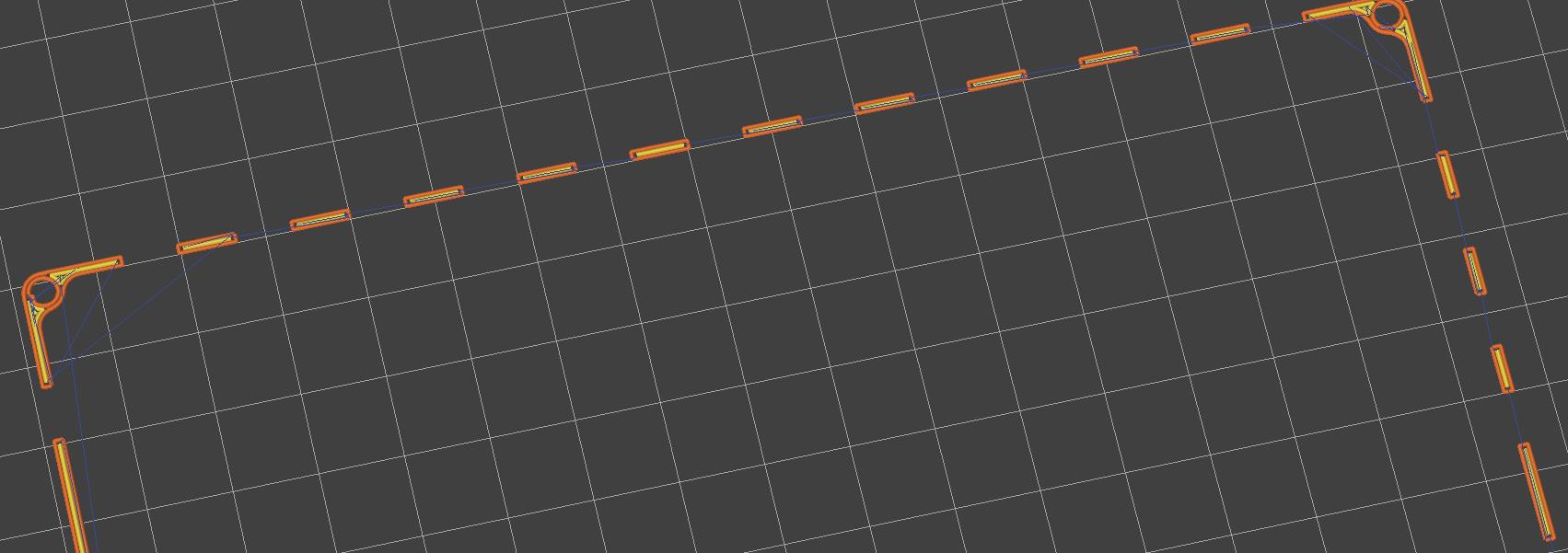
- Hanging areas.
A 3D printer deposits material on top of a previously printed base or layer. But you can't deposit material in the air, you need something solid. - Bridges. That are suspended areas, but that have at least two supports, the printer will print this area as threads supported at both ends. If this area is small it can give very good results, but as it gets bigger it can cause more and more problems.
- Supports, as we have already mentioned, better to avoid them.
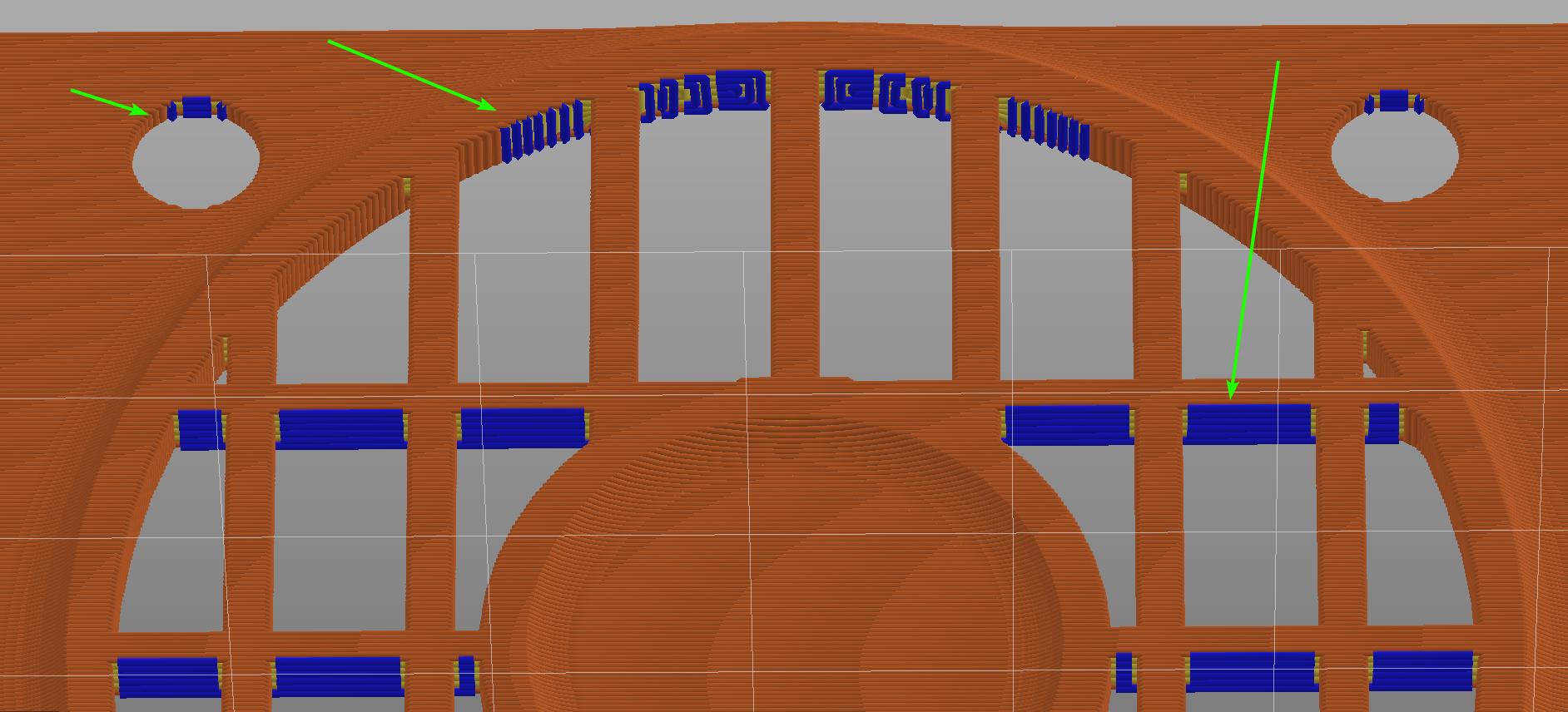
- Holes and very small details.
Let's take manual writing as a reference, with a marker we can easily make large letters, but when making small letters it is easy for us to have difficulties, since the thickness of the tip becomes greater than the size of the detail that we want to do, the same happens with the 3D print. If we want to do a detail, it is best to have a size several times the diameter of the nozzle that we plan to use, at least twice. If the nozzle is 0.4mm, it is not advisable to design parts with details less than 0.8mm.
When preparing the part for 3D printing and generating our gcode, we have to take into account all these issues, one difficulty will be surmountable, two too, but it is advisable to minimize the difficulties in order to achieve successful manufacturing. - Scale the production
If we have taken all of the above into account, scaling production will be easy and profitable, our machines will require little maintenance and we will have a very low percentage of failed prints and rejected parts. In addition, the time we dedicate to the production of parts will be highly optimized, we will need very few personnel to produce a large number of parts.
However, if we have not taken into account some of the above points, we may run into scalability problems. For example, if maintenance is excessively frequent and tedious, it is very likely that it will be very difficult to maintain production for a long time, except by investing a lot of resources.
Scale the production
If we have taken all of the above into account, scaling production will be easy and profitable, our machines will require little maintenance and we will have a very low percentage of failed prints and rejected parts. In addition, the time we dedicate to the production of parts will be highly optimized, we will need very few personnel to produce a large number of parts.
However, if we have not taken into account some of the above points, we may run into scalability problems. For example, if maintenance is excessively frequent and tedious, it is very likely that it will be very difficult to maintain production for a long time, except by investing a lot of resources.
Advantages and disadvantages
Advantages:
- Geometry flexibility.
3D printing has geometry limitations, of course, we have already mentioned them, but it has much fewer limitations than, for example, injection. In the injection, the walls have to have a uniform thickness, it is necessary to contemplate angles of demolding and how the mold opens and closes. If we make a comparison, 3D printing is possibly the most versatile technology. - Ease of making changes to the model.
No matter how much a model is tested before going on the market, there will always be aspects that are overlooked, it is not possible to cover 100% of situations. It is frequent that corrections have to be made once our product is on the market, and with 3D printing it is very easy, since we do not have expensive matrixes that have to be amortized, it is as simple as updating the model and the printing codes, the cost is practically 0. - Almost zero initial cost.
Many times we do not know the acceptance that a product will have in the market, so it can be very advantageous to put a few units of the product on the market and wait for the results before continuing. With the added advantage of being able to make small changes for the next manufacturing batch. - Material savings compared to CNC machining.
3D printing is also a very efficient process in terms of material use, on the one hand, we can make pieces with variable density, solid areas and hollow areas that visually also look solid. In this way we save material in areas that do not require it, to reinforce those that do need it.
It also has hardly any waste, so from an environmental point of view it is a very sustainable technology.
Disadvantages:
- It is still a very new technology that few professionals know how to exploit properly. It is difficult to find people who know how to design for 3D printing. Companies are beginning to adapt them to their processes and tools, but even this represents a very low percentage of the total.
- There are not yet materials for all needs, and some are difficult to process. It is expected that there will be more and more technical materials available for all needs and hardware necessary to process it correctly.
- It is very easy to fall into the Low Cost trap, to buy a cheap 3D printer, which offers very poor results, through this experience to value a technology that can offer much more.
Our experience
In 2014 we began our journey with 3D printers, from the very beginning we were clear that we wanted to use 3D printer models that would give us great reliability and print quality, we valued different models and we opted for the P3Steel, since it is one of the models with better structure, and its design prevented some problems such as imbalances in its axes.
- The materials changed a lot from one manufacturing batch to another, we used 3mm filament, which little by little ended up becoming 2.85mm filament, which caused us to have many clogging problems since our first extruders were prepared for 3mm filament and they worked badly with 2.85 filaments.
- Extruders with 3D printed gears and a knurled screw as a pulley were used. This system was highly unreliable, as the hobbed bolt did not have a uniform radius and the pulleys would wear out resulting in the need for a lot of maintenance. We even go so far as to produce our own hobbed bolt in order to control its quality.
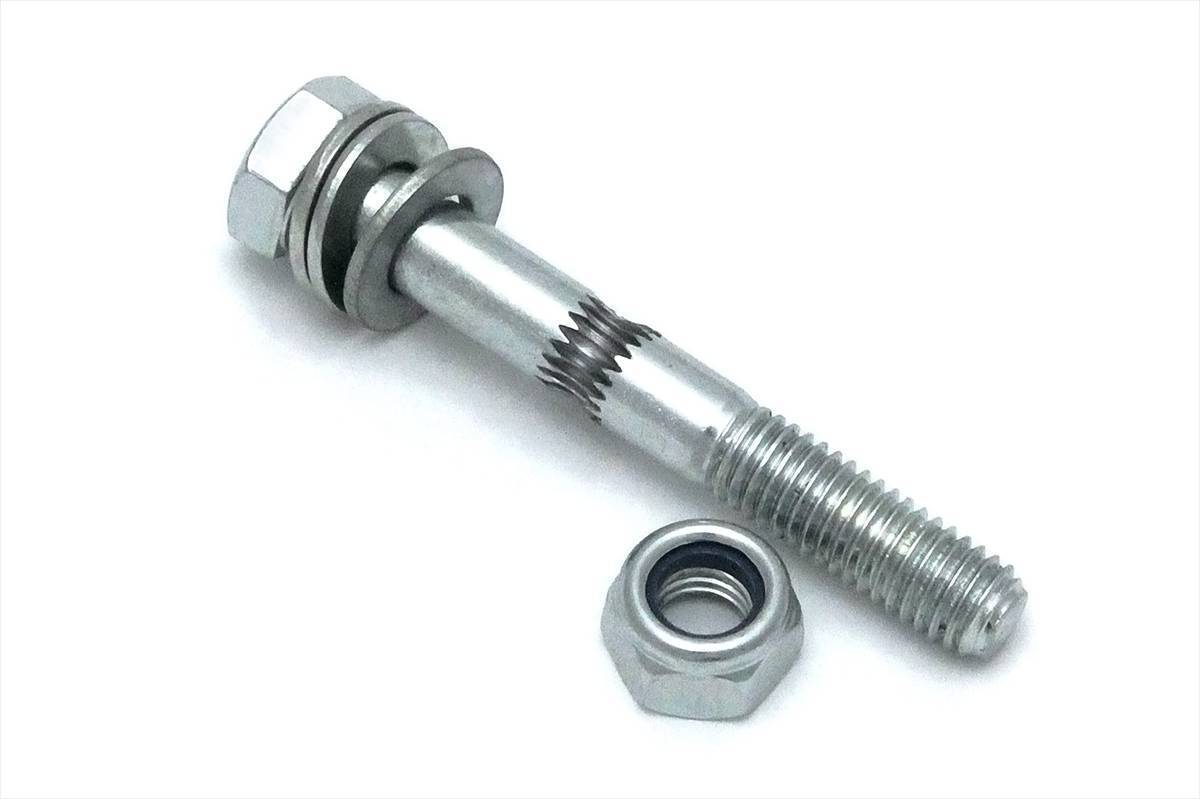
These and other aspects made us develop our V1 extruder, already for 1.75mm filament, compatible with flexible filament, it uses a Mk8 pulley without reduction, etc. All these improvements made our production of printed parts improve enormously in quality.
2016, was the year in which we released our first complete kit, the "P3Steel by HTA3D", a revision of the original P3Steel, with all the improvements that we had included to make this printer much more reliable and precise.
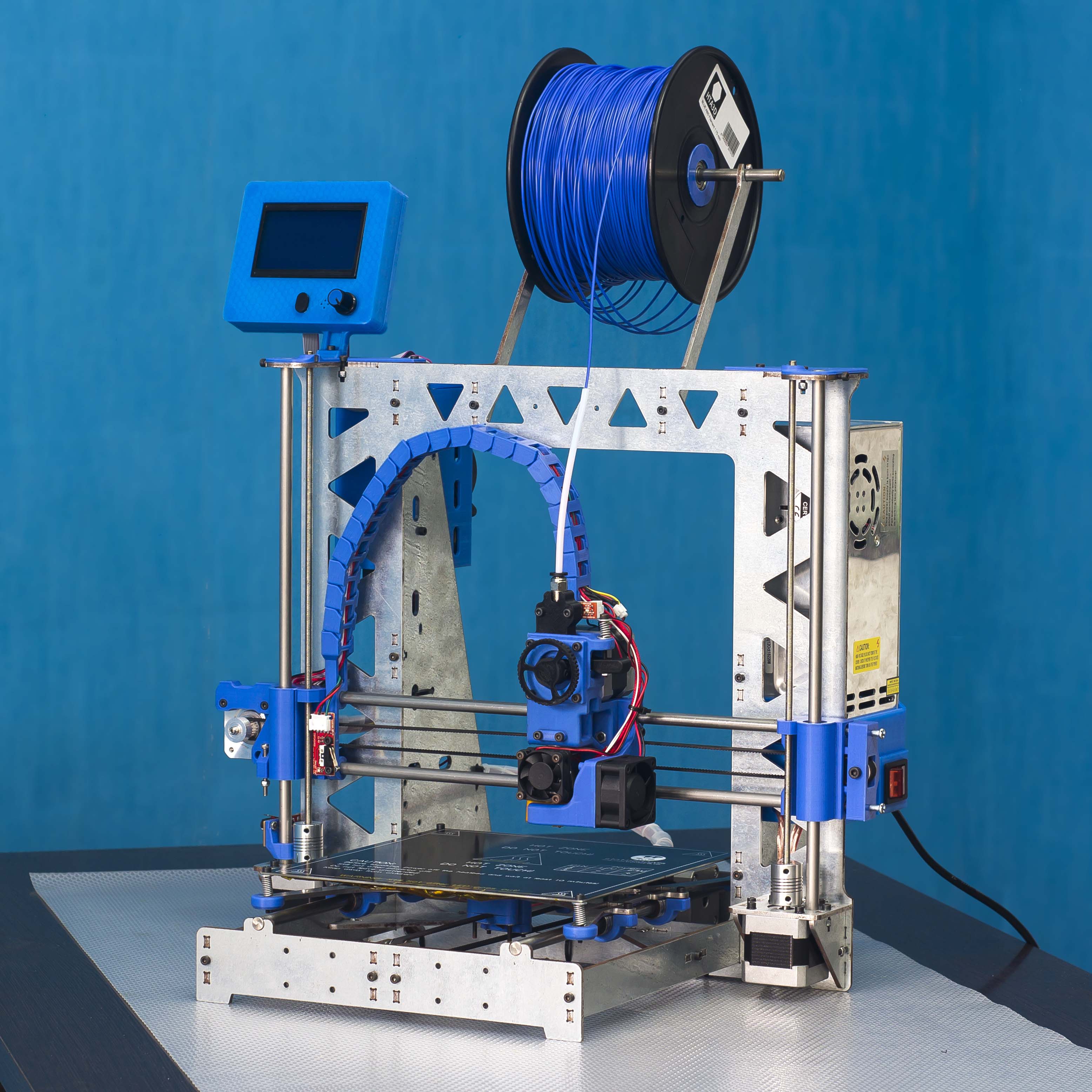
It was a commercial success, so for the next few years we mostly produced printed parts for our own kits.
Most of the 3D printing services that we did at the beginning were spare parts for other kits that clients had difficulty obtaining, but among all of them the first professional clients also began to arrive.
In 2019 we moved to a new facility between 4 or 5 times larger, which allowed us to bring 3DSteel to the market, and continue scaling our farm of 3D printers. This revision of the P3Steel includes even more improvements: elimination of limit switches, automatic leveling of the platform, dual pulleys for greater extrusion force, etc.
At this time we already combine the production of printed parts for our kits, with many other 3D printing service jobs such as rapid prototyping for companies, production of final parts, in PLA, ABS, PETG, and even flexible.
In 2020 we made the leap to 32 bits in our machines, with the 3DSteel V2 model, which already works at 24V with a bimetal throat. Very important improvements in terms of production stability, the bimetal throat represented a huge leap in terms of the % of jams in the machines and a reduction in maintenance costs.
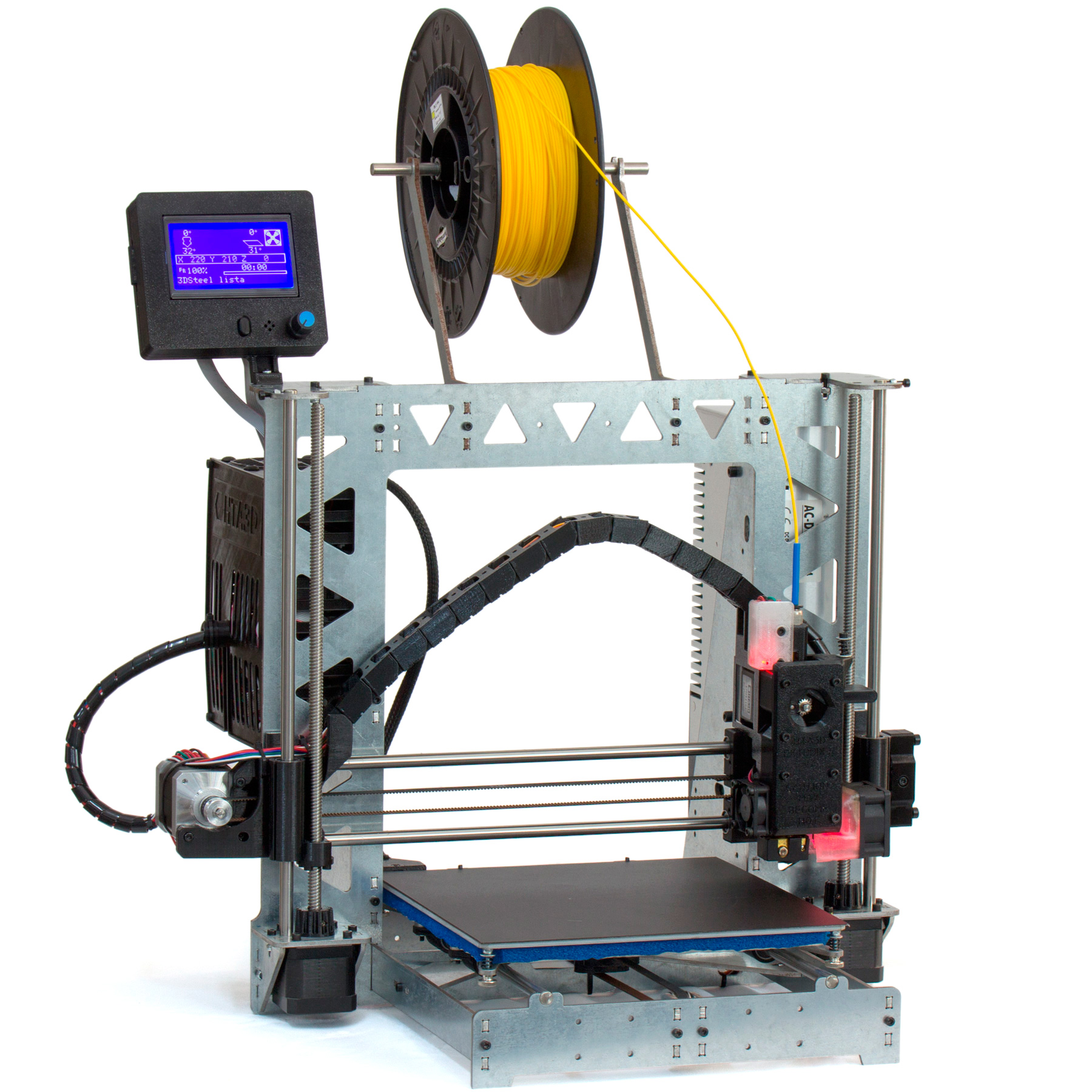
Today, in 2023, we are developing improvements to our line of Cartesian 3DSteel printers, such as the incorporation of Klipper as an operating system. And what is more, the development of a new model of a non-Cartesian 3D printer, which is already giving us very good results in our 3D printer farm.
We are currently in a great moment, since we have developed a very reliable, scalable production system with low operating costs. This ultimately affects our prices, since we can offer our 3D printing service in a very favorable way for our clients.
Insource or outsource the production of 3D printing parts
Internalize
It is normally the favorite model for freelancers, since, if you have a very small production, it is easy to get one or a few 3D printers, and produce a small number of parts per month.
- The opportunity cost is very low, since 3D printers do not require a large investment. Although if the business scales, it requires constant investment in new machinery.
- You have absolute control over production, for better and for worse.
Outsource
It is the ideal model for larger companies, or those that require a large number of printed parts.
- To produce these parts, a large number of machines, space, and trained personnel are necessary. What it does raises the initial investment.
By outsourcing this service, the initial cost is minimal or zero. - You need to surround yourself with competent professionals, this is a key point, since intrusion is widespread in this technology. Many are tempted to buy a 3D printer or two and start offering services, even without sufficient technical knowledge. This can be a danger, since if we leave critical aspects of our products in their hands sooner rather than later we can run into problems.
Fortunately, the trend in this regard is increasingly more professionalization.
Mixed model
Perfect for growing companies or startups. It is common for successful companies to have difficulties scaling their production, if you start with a few 3D printers, the time may come when for various reasons you are not interested in continuing to increase the number of machines. These reasons can be: space, time, logistics, etc.
At this point it can be very interesting to subcontract part of the production, such as production peaks, parts that require larger machines, etc.
- It requires a small investment, which over time you may or may not expand.
- You have great control over the production, but you will still need the support of a capable company.
In any case, we are here to help you, both with our 3D printer models and with our 3D printing service, technical service, advice, etc.
Conclusion
If you surround yourself with the right team of people, capable of shaping the project keeping in mind that it will be produced by mass additive manufacturing, it can be carried out, and scale as much as necessary.
3D printing is here to stay, companies that adapt to it and begin to exploit its strengths before they will have a competitive advantage over others.
It is not going to replace other means of production, nor is it its objective, but 3D printing will complement them. You are ready?
If you have a project contact us!
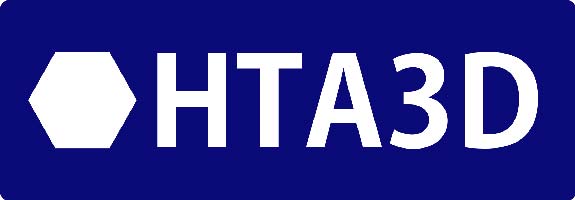
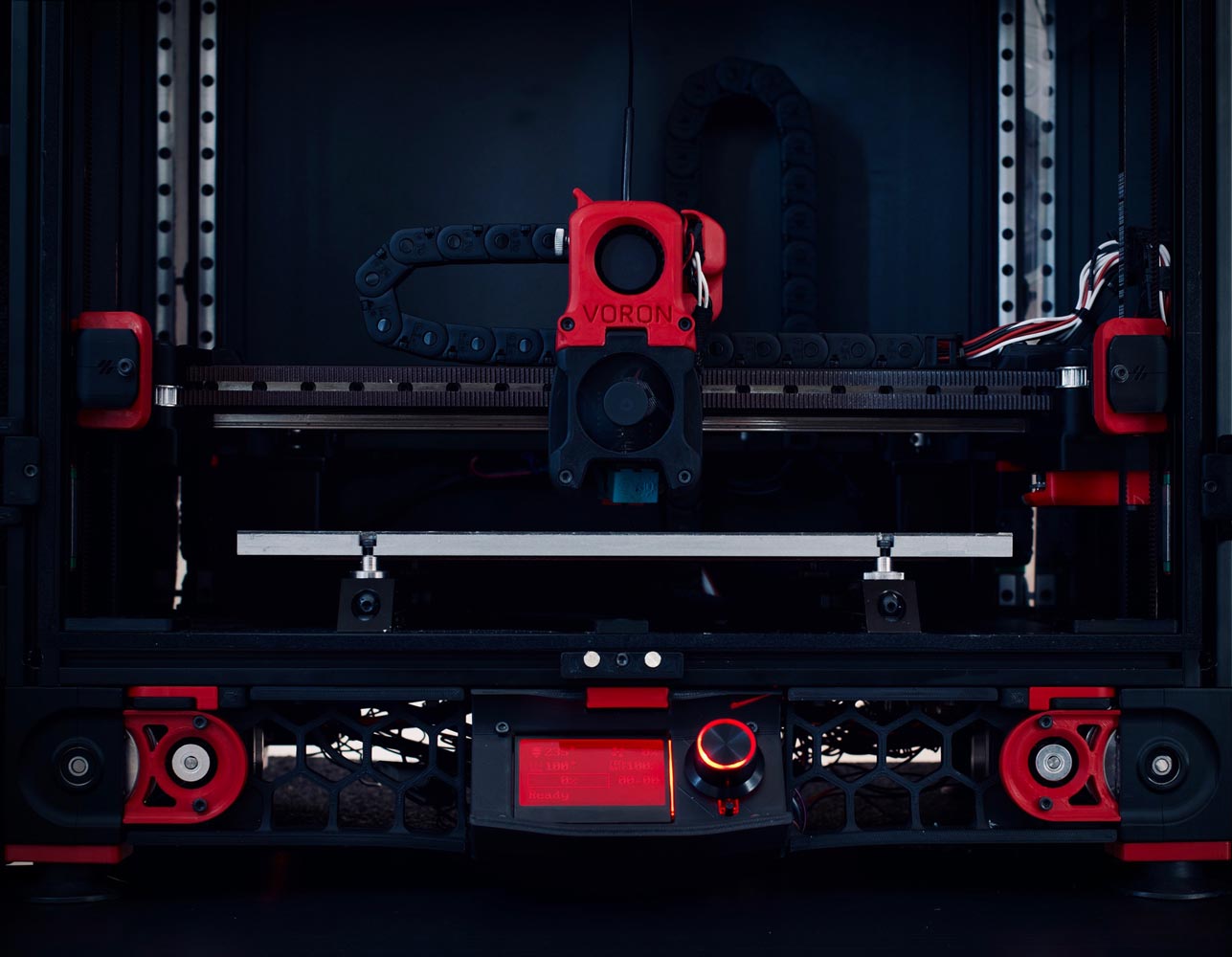








3 Comment(s)
Thank you for your insightful comment! We appreciate your thoughts on 3D printing and its potential in mass production. Your input adds great value to our discussion.
Good article. I work mostly with manufacturers producing content - video mostly and photography. If you’re curious, check out some of my work at https://lukesutton.co.uk, https://pixelprometheus.co.uk, and https://industreel.co.uk. I love helping manufacturers share their stories through video and digital marketing. – Luke
How has the perception of 3D printing evolved over time?
Visit us <a href="https://it.telkomuniversity.ac.id/blogs/">IT Telkom</a>
Leave a Comment